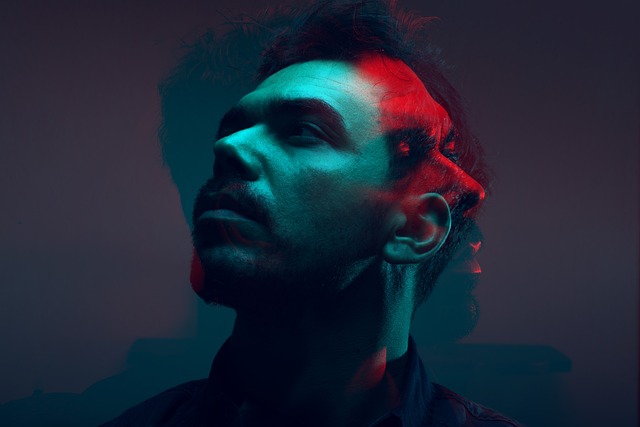Every photographer, whether a seasoned pro or an enthusiastic amateur, knows that exposure is the heartbeat of photography. The delicate balance between light, shadow, and detail can make or break an image, creating a visual story that captures moments in time. Mastering exposure is not just about understanding settings on your camera; it’s about connecting with the world around you and conveying emotions through your lens.
When it comes to photography, exposure plays a critical role in how a photo is perceived. With every click of the shutter, you are faced with the challenge of making decisions about light. The crucial elements that influence exposure are aperture, shutter speed, and ISO, often referred to as the exposure triangle. Each component works in harmony to create the perfect photo, allowing the photographer to manipulate light to their advantage.
Aperture affects the depth of field in your photos. A wide aperture (a low f-number) lets in more light and creates a beautiful bokeh effect, blurring out distractions in the background and focusing attention on your subject. In contrast, a narrow aperture (a high f-number) increases the depth of field, ensuring more of the scene is in focus—ideal for landscapes where detail is paramount.
Shutter speed is another key player in exposure. Fast shutter speeds freeze motion, capturing crisp images of fast-moving subjects, while slower shutter speeds can create stunning motion blur, turning the simplest of actions into artistic masterpieces. Imagine the beauty of a waterfall cascading softly; it’s all about the way you choose to manipulate the light and movement around it.
ISO is your camera’s sensitivity to light. A lower ISO setting means less sensitivity, which is perfect for bright daylight, ensuring images are clean and free from noise. Conversely, raising the ISO allows for photography in dimly lit environments but can introduce graininess if pushed too high. Knowing when and how to adjust your ISO can drastically impact your final image.
As you dive deeper into the world of optics, it’s essential to understand how different lenses interact with light. Each lens has unique characteristics that influence exposure. A prime lens often boasts a larger maximum aperture, allowing for more light and enhancing your ability to control exposure effectively. Zoom lenses, while versatile, may have smaller apertures which can limit your creative options in varying lighting conditions.
Don’t forget about the creative benefits of exposure. By intentionally overexposing or underexposing your images, you can evoke specific emotions and draw attention to elements within the frame. Experimenting with exposure compensation settings can lead to stunning, unconventional photographs that capture your unique vision and voice as a photographer.
Your journey in mastering exposure is ongoing. Embrace the mistakes and the surprises that come along the way. Every image tells a story, and every adjustment you make reveals a world of possibilities. As you continue to explore various photography techniques, allow your passion to guide you. The art of exposure will take your photography to new heights, transforming simple snapshots into powerful, evocative imagery that resonates with viewers.




